Links in the industry value chain are moving to lower their carbon dioxide emissions, but challenges remain in achieving planned reductions
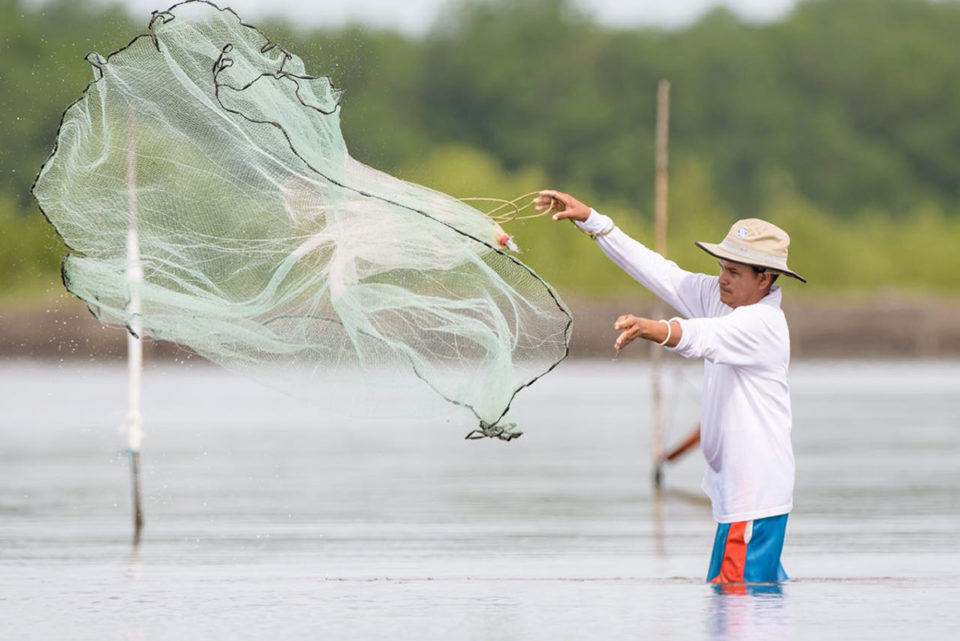
Driven by a desire to combat climate change and prodded by market expectations, the aquaculture industry aims to cut carbon emissions. Projects, for instance, plan to reduce the carbon footprint of aquaculture substantially, starting with salmon farming, potentially keeping two billion cumulative tons of carbon out of the air by 2030. That is equivalent to getting 400,000 cars off the road. These and additional reductions will happen because of innovations in feed, transportation and operations.
Some producers will go carbon-neutral or even carbon-negative, locking away more carbon than they produce. Less carbon-intensive producers may become preferred suppliers.
But challenges remain. For one thing, most of the projected carbon savings haven’t yet been achieved. Also, the consensus is that a lower carbon footprint product will not command a price premium. That means emission reductions must happen without increasing costs.
The place to start is with feed, according to Dave Robb, program lead for sustainability at Cargill, one of the world’s largest animal feed producers. In March, the company announced its SeaFurther Sustainability initiative with a goal of cutting the carbon footprint per kilo of salmon produced by 30 percent by 2030. Other species may also be targeted.
Aquafeed’s carbon load varies by species and farming operations, but it is substantial, Robb told the Advocate: “Somewhere between 60 percent at the low end and 90 percent of the high end of total fish footprint at harvest is related to feed. That’s the direct footprint of feed and the scaling of that by the feed conversion ratio of how many kilos of feed you need to produce one kilo of fish.”
https://www.aquaculturealliance.org/advocate/could-microalgae-culture-on-a-conveyor-belt-catch-on/
Salmon farming emits 10 million tons of carbon dioxide a year, he added. Fish farming as a whole generates 250 million tons annually. (Editor’s note: A recent study showed that global aquaculture’s total greenhouse gas emissions are roughly equal to that of sheep production.)
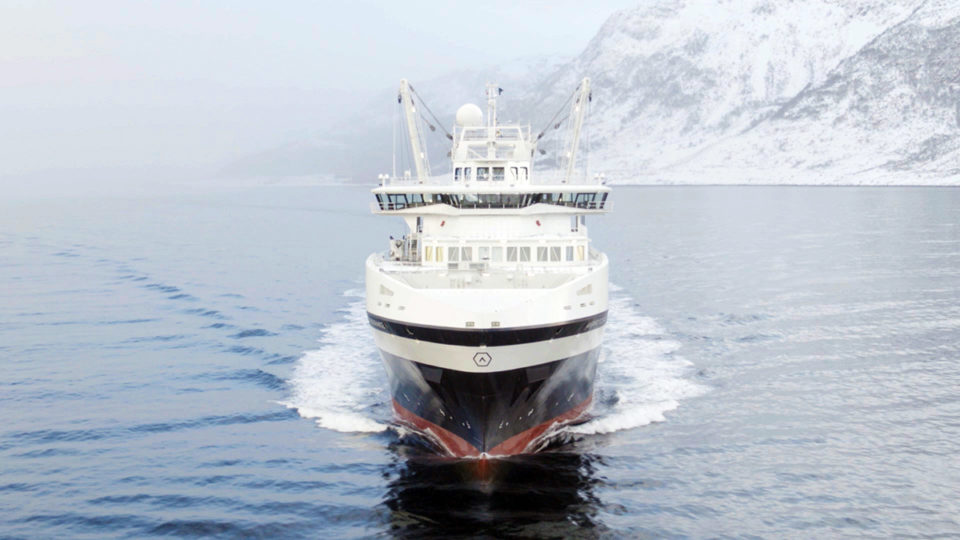
To cut carbon, Cargill is working multiple angles. One is maximizing its productivity, so that more feed is produced with fewer carbon emissions. Another approach increases producers’ efficiency with feed that makes fish grow faster and be healthier.
These two factors can interact. It may be, for example, that a higher carbon footprint feed actually ends up with a lower overall carbon emission for the entire production process because the fish reach maturity faster and are harvested sooner, Robb said. Cargill now has to deliver on its plans.
Évry, France-based Ÿnsect is in a similar position. The company has a patented process for cultivating mealworms to produce protein and fertilizer products. These have been used in place of traditional animal proteins in fish feed with a 34 percent increase in yield in rainbow trout and a 40 percent reduction in shrimp mortality, said CEO Antoine Hubert.
“By cultivating mealworms in a vertical farm, Ÿnsect uses 98 percent less land while significantly reducing the carbon and biodiversity footprints of protein production,” he said.
An analysis by independent assessment firm Quantis showed the total production was carbon negative. So, the technology locked away greenhouse gas rather than emitting it.
However, the price for the insect-derived product is higher than the traditionally sourced alternative. Hubert pointed out that fish given Ÿnsect’s products grow faster and are healthier, enabling higher aquaculture output.
At present, Ÿnsect can produce 1,000 metric tons of protein and fertilizer a year. It is building a new plant that will have 200 times the production capability, or 200,000 metric tons. The company’s goal is to partner with other firms and build at least 10 of these strategically located insect farms within the next 10 years, Hubert stated. For comparison, according to a 2020 Alltech Global Feed Survey, worldwide aquaculture feed sales stood at 41 million metric tons in 2019.
In addition to feed, transportation is being changed to reduce carbon emissions. Salmon producer Hiddenfjord, for instance, announced that after a multi-year effort it had eliminated all air freight of its product in October 2020, with the switch from air to sea freight cutting its overseas transport CO2 emissions by 94 percent. Farming and harvesting procedures made it possible to preserve salmon quality despite longer transport times, according to Managing Director Atli Gregersen.
Another transport-related announcement came from Aker BioMarine, which in March 2021 stated it was working to deploy “green” ammonia as a marine fuel. For this fuel, chemically NH3, the three hydrogen atoms needed can be produced by passing a current through water. As for the nitrogen, the other part of ammonia, that can come from the air. If the energy for these processes comes from a renewable source, then the fuel is produced without carbon emissions. Also, burning the fuel releases no CO2.
Ammonia offers several advantages as a green marine fuel, said Christina Ianssen, manager of sustainability and public affairs: “We already have the technology to produce it, store it and transport it at sea and there are already some safety procedures for handling ammonia at sea today. Ammonia has a higher energy density than hydrogen and requires less tank facilities.”
What green ammonia lacks is cost-competitive manufacturing and a delivery infrastructure. Building both will take time and money. Aker Biomarine is committed to doing its part, and in the meantime is lessening its transport carbon footprint through other means, according to Ianssen.
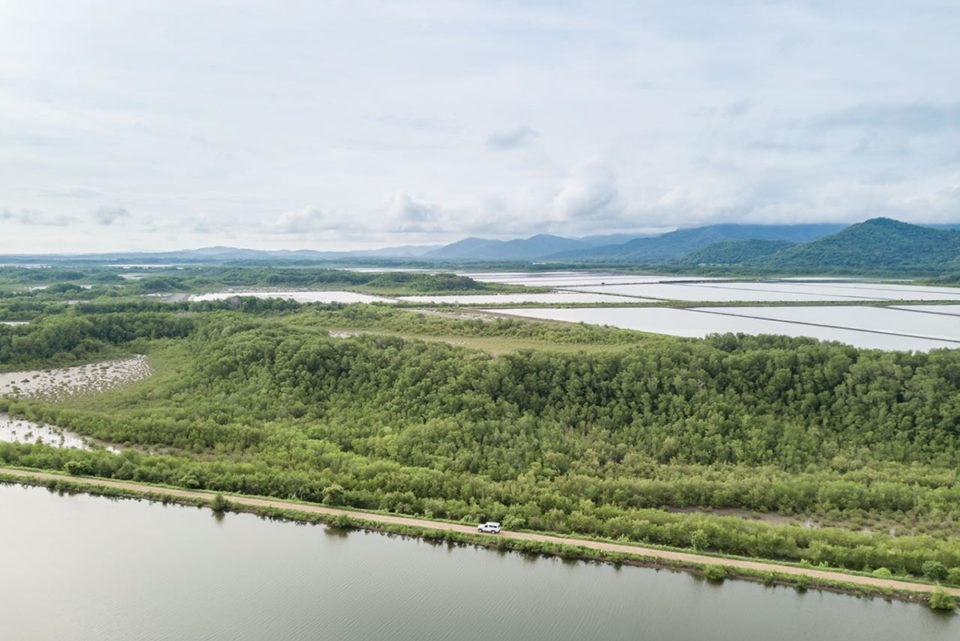
A final group of carbon cutting advances involves operational changes. For instance, shrimp producer Sahlman Seafoods of El Viejo, Nicaragua, in February 2021 announced its carbon-neutral certification. The company achieved this because in addition to its shrimp farm it also operates a 100-hectare teak grove, a 200-hectare wild forest and a 40-hectare coffee plantation, according to Gerardo Leon-York, finance director. These operations offset half the carbon emissions from shrimp production, with the rest offset by mangrove trees in the shrimp farm itself. The company also cut carbon emissions by replacing refrigeration equipment with newer, more efficient technology.
The amount of carbon coming from the shrimp farm is not a constant. So, there may be times when the trees provide more offset than needed. If so, it may be possible to sell carbon credits, thereby generating revenue.
Leon-York agrees with the notion that becoming less carbon-intensive or carbon-neutral will not lead to a price premium, so any carbon reduction must be done without raising prices.
In discussing future trends, he recalled what he witnessed in the coffee industry, in which a certificate of environmental performance started out as something nice to have and then became a business necessity. Leon-York predicted a similar path for aquaculture over the next decade or so.
“You’re going to be a preferred supplier if you take this route than if you didn’t,” he said of carbon emission reduction. “So, I think it’s going to important for everyone to at least be aware of what it takes to be carbon neutral.”
Follow the Advocate on Twitter @GAA_Advocate
Now that you've reached the end of the article ...
… please consider supporting GSA’s mission to advance responsible seafood practices through education, advocacy and third-party assurances. The Advocate aims to document the evolution of responsible seafood practices and share the expansive knowledge of our vast network of contributors.
By becoming a Global Seafood Alliance member, you’re ensuring that all of the pre-competitive work we do through member benefits, resources and events can continue. Individual membership costs just $50 a year.
Not a GSA member? Join us.
Author
-
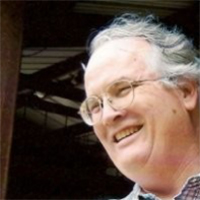
Hank Hogan
Hank Hogan is a freelance writer based in Reno, Nevada, who covers science and technology. His work has appeared in publications ranging from Boy’s Life to New Scientist.
[109,111,99,46,110,97,103,111,104,107,110,97,104,64,107,110,97,104]
Tagged With
Related Posts
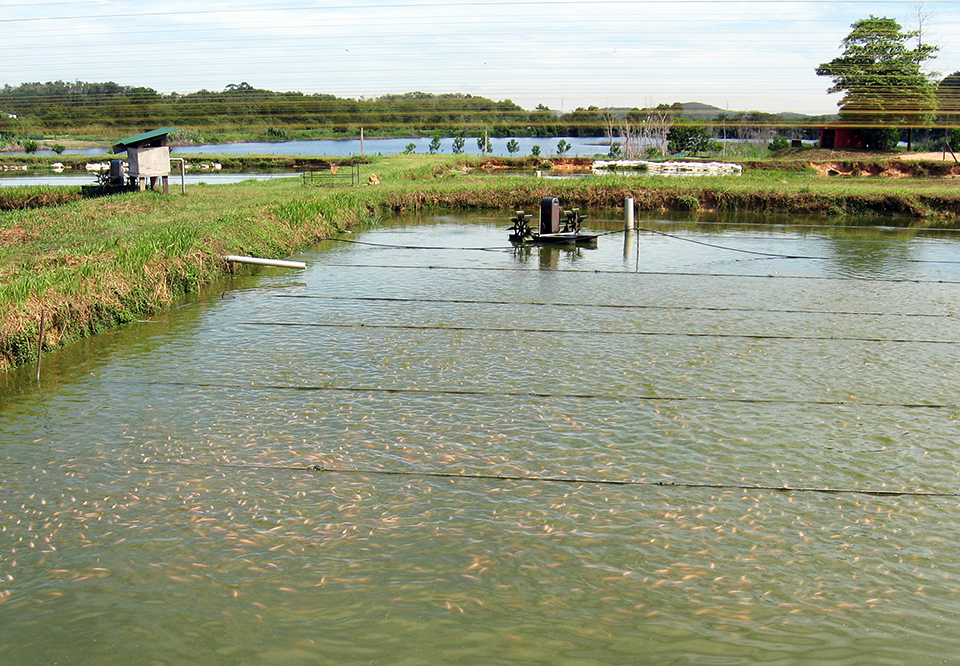
Responsibility
Assessing the carbon footprint of aquaculture
A carbon footprint is an estimate of the total carbon emissions resulting from the production, use and disposal of a product or service. Carbon footprints for aquaculture products result mainly from the use of manufactured feed and mechanical aeration.
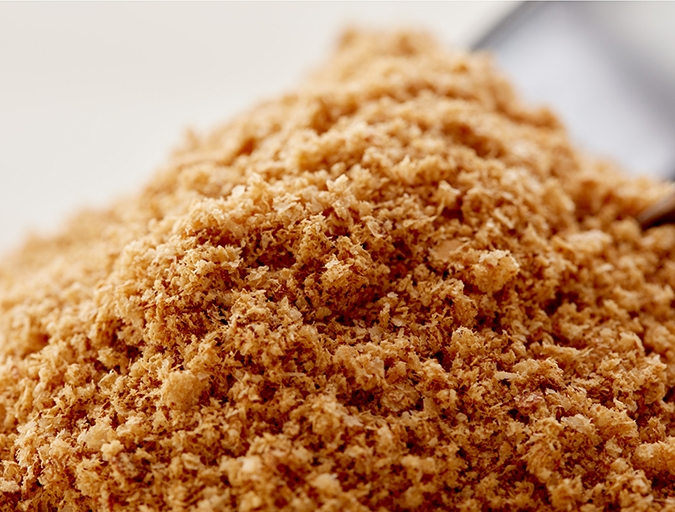
Aquafeeds
Bridging the omega-3 gap with methane, microalgae
Innovation is leading to new ingredient options for renewable sources of omega-3 fatty acids. But Replicating long chain fatty acids is a tall order, Advocate contributor Lisa Duchene discovered.
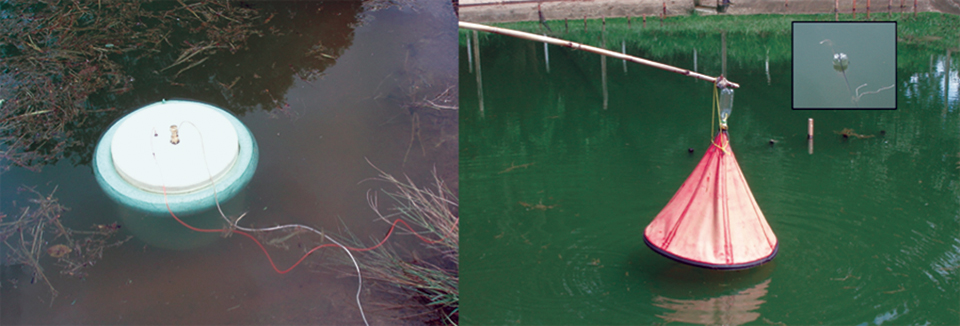
Responsibility
Greenhouse gas emissions from aquaculture
To quantify the carbon dioxide and methane fluxes in tropical earthen ponds, the authors used freshwater prawn farming managed according to different strategies as a model.
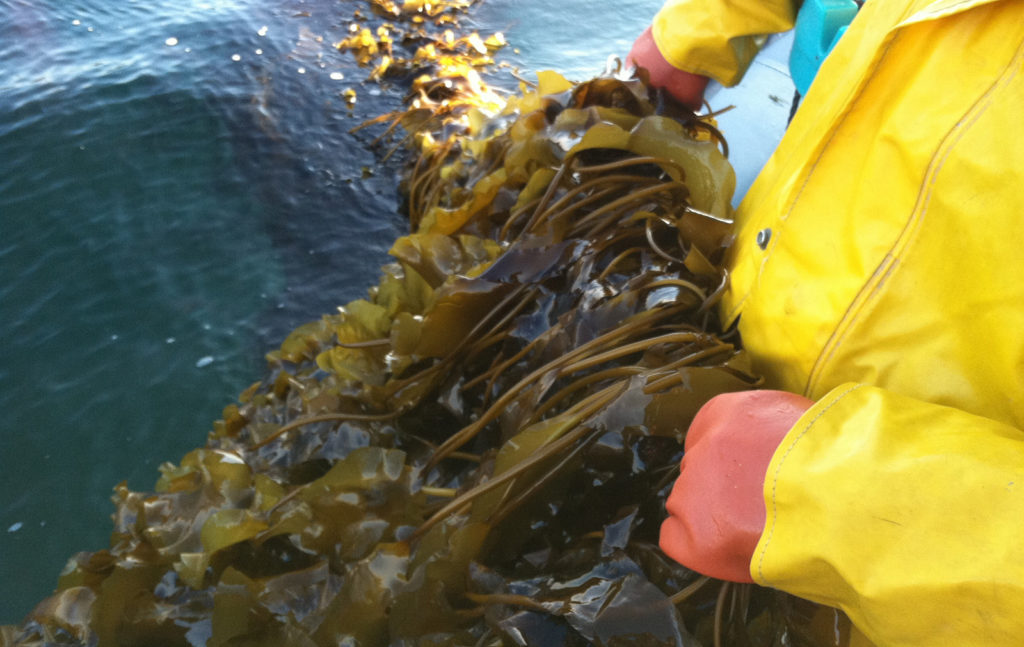
Responsibility
Lean and green, what’s not to love about seaweed?
Grown for hundreds of years, seaweed (sugar kelp, specifically) is the fruit of a nascent U.S. aquaculture industry supplying chefs, home cooks and inspiring fresh and frozen food products.


